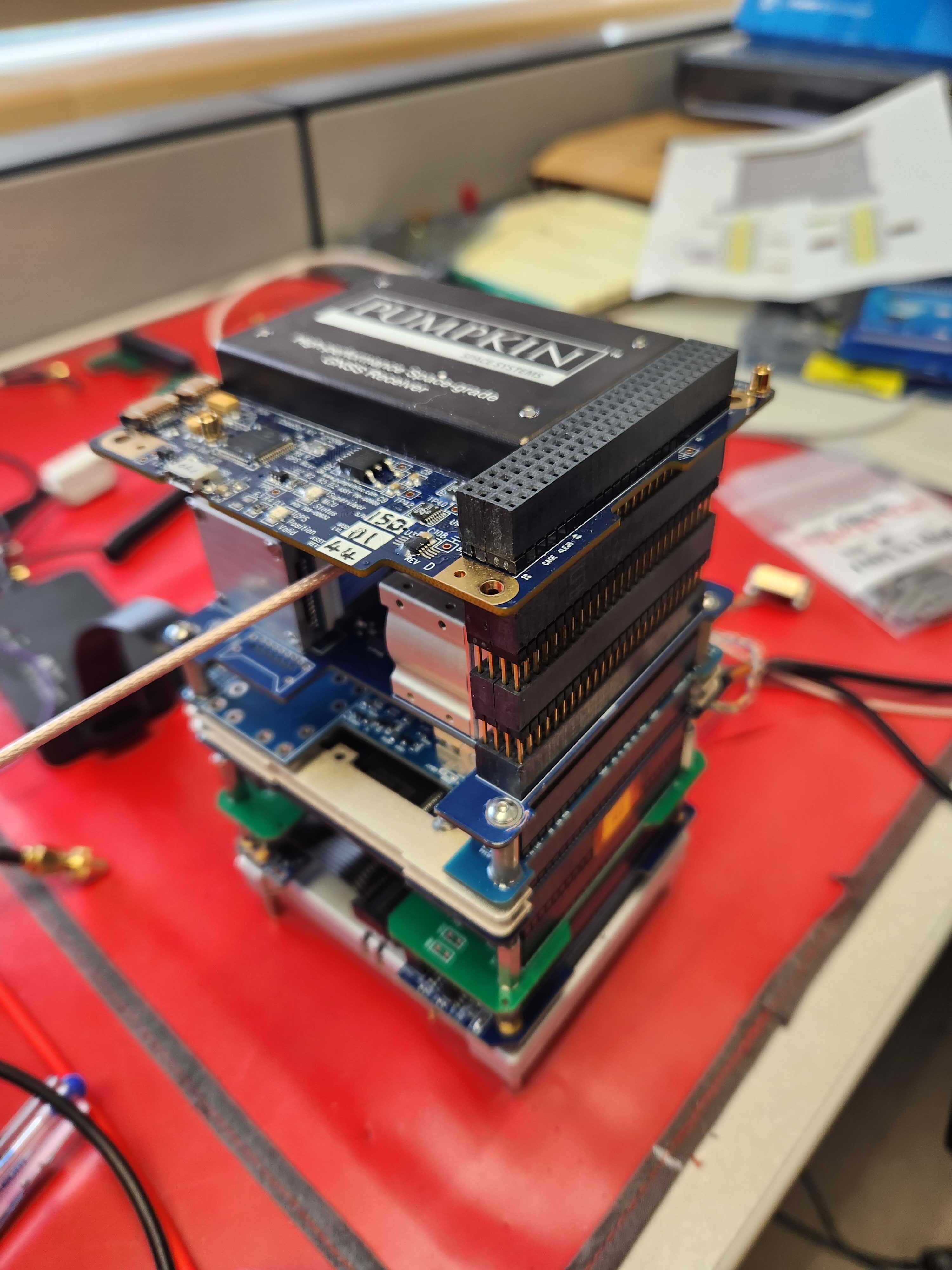3, 2, 1: Fall launch for student-designed and -built miniature satellite
The Memorial University Killick-1 CubeSat team is close to launching its creation into space.
The next step is sending the CubeSat, or miniature satellite, to the CSA for integration into the Nanoracks launcher this fall.
The satellite was designed and created with funding from the Canadian Space Agency as part of its Canadian CubeSat Project.
Post-secondary students from all across the country are participating, from Memorial University to Northwest Territories/Inuvik to the University of Winnipeg to McMaster University.
Killick-1 is about the size of a one-litre milk carton. It will orbit 400 kilometres above Earth and use global navigation satellite system reflectometry to collect sea ice, waves and wind data.
To be deployed into space, Killick-1 will be inserted into a launcher, which is then attached to a rocket that will travel to the International Space Station.
There, the launcher will be taken out of the rocket and installed onto the side of the station, from where the satellite will be launched.

Canadian Space Agency visit
Recently, the students visited the Canadian Space Agency at its headquarters in Longueuil, Que.
Desmond Power, vice-president of remote sensing, C-CORE, and one of the project leads, joined them to help them prepare for Killick-1’s launch.

“We were able to observe the integration of several CubeSats from other universities, which will be very helpful in preparing for our launch,” said Mr. Power.
Muneeb Azher is a fourth-year computer engineering student, who has been working on the project for the past year as a software developer.

“Developing a satellite here in Newfoundland and Labrador and integrating the components into a final design has been an exciting time,” he said. “The experiences and people I have met are not only beneficial to my studies, but are a source of inspiration, as I hope to pursue a career in telecommunications in the future. I believe projects like this are a lifetime opportunity for young, local engineers interested in aerospace technology.”
Over the summer, the students will assemble and test the Killick-1, which has five different subsystems: communication (to the ground); power; attitude determination and control; command/data handling; and the payload.
The student team custom-designed the five subsystems specifically for the mission.
The individual component testing is complete; currently, the students are testing to see how everything works together.
“It’s an exciting phase,” said Dr. Weimin Huang, electrical and computer engineering professor at Memorial, and the other project lead. “The Killick-1 project is helping to collect data that will enable sea-ice monitoring from space at a significantly lower cost compared to traditional satellite remote sensing.”
Second satellite
Memorial has received additional funding from the Canadian Space Agency as part of a new initiative called CUBICS.
“This project will involve the design, construction and launch of a second satellite, which will be an enhancement of the Killick-1 design,” explained Mr. Power. “Tentatively referred to as the Killick-2, since it will be officially named by the new student design team, the next CubeSat will have a longer mission (more than two years) and will be able to image the Earth at longer intervals than the Killick-1.”
The Killick-2 will be launched in 2025-26.